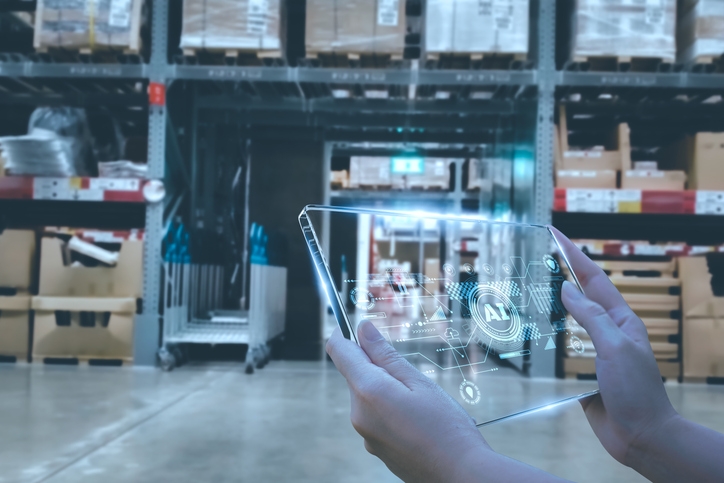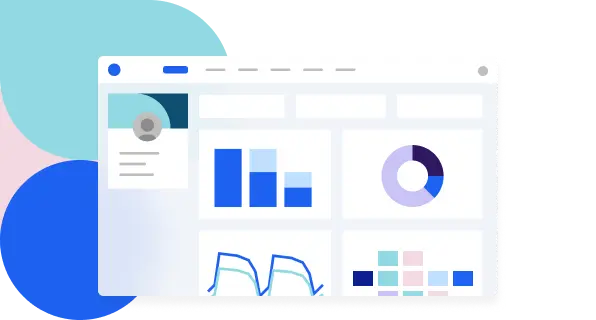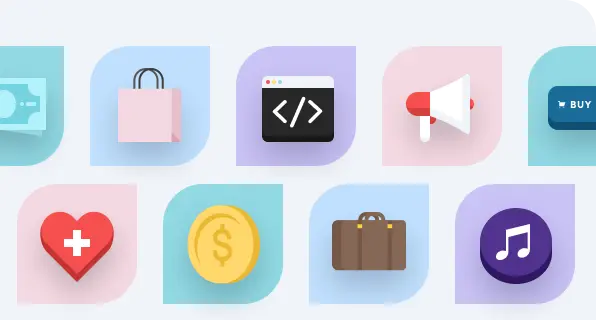Wrap it Up Right: 10 Post-Event Logistics Steps You Can't Miss
Optimize your post-event logistics for a smooth wrap-up. Discover practical tips and strategies to enhance efficiency and ease. Read the article now!
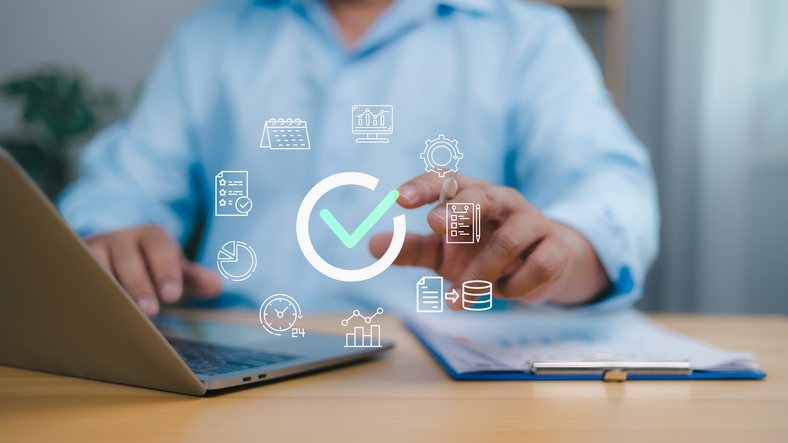
Understand Why Post-Event Logistics Are Critical to Long-Term Event Success
While months of event planning lead up to the event day, it’s what you do after the event that determines whether your efforts truly paid off.
From gathering feedback to evaluating key metrics, post-event logistics ensure that the event’s impact lasts beyond the closing remarks. After planning the logistics in the right way and then executing it at on the event day with perfection, it is now time to wrap it up! You can utilize this opportunity to identify areas for improvement, build stronger relationships with vendors and stakeholders, and increase the ROI of your event budget.
For event organizers, this phase is where data collection, follow-ups, and internal reviews unlock better decisions and strategic planning for future events—whether in person, hybrid, or virtual events.
10 Actionable Post-Event Steps to Ensure a Seamless Wrap-Up
1. Build Your Teardown Plan Into the Initial Event Planning Process
Post-event logistics start before your event does. The best way to ensure a smooth breakdown is by integrating teardown into your event planning process from the beginning.
Execution Checklist:
- Assign teardown roles early in your team planning doc—just like you would with setup.
- Include post-event logistics timelines in your run-of-show and production schedule.
- Allocate specific time slots and people for:
- Packing branded materials
- Removing signage
- Checking venue cleanliness
- Verifying equipment return
Tips for Success:
- Involve event venue staff during pre-event meetings to understand their teardown rules.
- Make sure your event budget accounts for teardown labor and late exit fees, if applicable.
- Print or digitize a teardown checklist using your event management software so tasks are trackable in real time.
A successful event isn’t just about great execution—it’s about planning every phase, from check-in to clean-up, with equal care.
2. Coordinate Vendor Exit to Avoid Bottlenecks and Damage
Smooth vendor management during teardown is just as critical as setup. When multiple parties involved try to leave at once, chaos and venue damage are real risks.
How to Manage Vendor Exit Like a Pro:
- Use your event logistics management dashboard to:
- Schedule staggered exit windows by vendor type (e.g., AV, catering, décor).
- Send real-time updates to vendors via app or SMS.
- Share dock maps and access point instructions ahead of time.
- Assign a logistics team lead for each teardown zone (e.g., registration, backstage, expo booths).
Contingency Planning Tips:
- Keep spare staff or volunteers available for last-minute assistance.
- Prepare a mini incident log: if something breaks or goes missing, record it for insurance or vendor review.
- Well-coordinated vendor exits help maintain venue relationships and avoid unnecessary costs—critical for long-term success in the events industry.

3. Track All Inventory, Rentals, and Venue Damage Immediately
You can't improve what you don’t document. After a successful event, it’s essential to track all materials, losses, and damages while everything is fresh.
Immediate Post-Event Actions:
- Use your event management software to:
- Log which materials were returned by each vendor.
- Photograph leftover or broken items for documentation.
- Match inventory checklists with original planning process documentation.
- Assign one team member per category:
- Tech gear
- Signage and branding
- Sponsor materials
- Furniture and rentals
Suggestion: Prompt data collection ensures you stay within total budget, keep your event venue in good standing, and reduce errors in post-event billing.
4. Centralize Data Collection for Accurate Post-Event Reporting
Don’t let data get lost in scattered folders or forgotten emails. Centralizing post event data helps your team analyze success and make smarter decisions for future events.
How to Centralize and Use Event Data:
- Pull insights from:
- Event app metrics: session views, engagement tools, poll responses
- Registration and check-in data
- Badge scans (for networking opportunities or booth visits)
- Survey responses and sentiment analysis
- Store all data in one dashboard (e.g., Azavista, Salesforce, HubSpot).
5. Run a Post-Event Debrief With Your Core Team
Event planners and staff often skip the debrief—but this is where lessons live. A short internal meeting helps you identify areas to improve for your next event experience.
How to Run It Effectively:
- Schedule a 45-minute call 1–2 days post event.
- Discuss what worked, what didn’t, and what to fix.
- Use slides or docs with visual data to spark discussion.
- Include key stakeholders, managers, and team leads.
What to Cover:
- Did we meet event objectives?
- Were there any communication gaps?
- What part of the guest experience could be better?
- Were we under/over on event budget?
Use the feedback to improve your SOPs and staff training for a more seamless execution next time.
6. Follow Up with Vendors, Guest Speakers & Other Partners Promptly
Timely follow-up is not just about being polite—it’s a critical part of successful event planning that strengthens relationships and improves future overall execution.
Execution Steps:
- Within 48 hours, send thank-you emails to:
- Vendors (AV, catering, staging, signage, etc.)
- Guest speakers
- Sponsors and partners
- Include:
- A quick recap of event highlights
- A short feedback form
- A calendar link for a follow-up call if needed
- Ask for deliverables:
- Final invoices
- High-resolution photos or videos (if provided)
- Feedback on what could be improved from their end
Suggestion: Use templated follow-up emails in your event management platform to streamline event logistics and ensure no one is missed.
7. Engage Attendees with Personalized Follow-Ups and On-Demand Content
A well-crafted post-event email builds on the momentum of the attendee experience and keeps your target audience engaged beyond the venue. This is a must to include in your event engagement strategy.
What to Include in Your Follow-Up Email:
- Thank-you note with a personal touch
- Event highlights: keynote takeaways, speaker quotes, or top moments
- Links to:
- On-demand session recordings
- Presentation decks
- Event photo galleries
- Survey for feedback (2–3 minutes max)
- CTAs to upcoming events, webinars, or virtual events
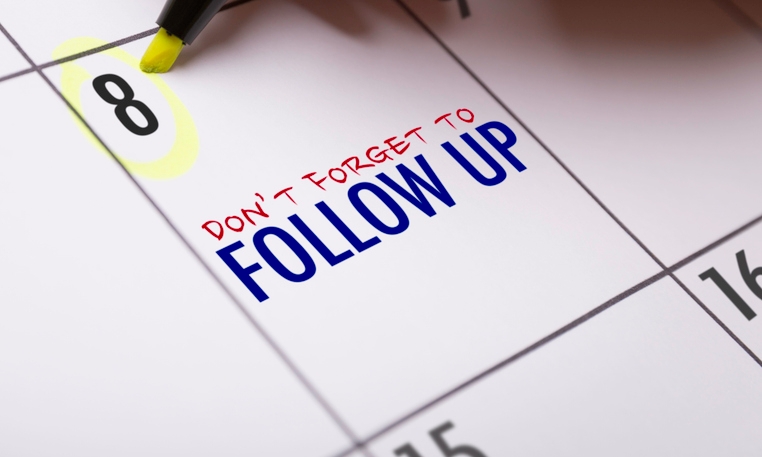
Ideas to Maximize Engagement:
- Use creative in-person event ideas to give them unique experience
- Segment follow-ups based on attendee types: VIPs, general guests, or sponsors
- Add a “What you missed” recap for no-shows
- Use the opportunity to introduce your unique selling point (USP) if launching a product or service during the event
Tip: Use your event app or CRM to automate delivery and track click-through rates, helping you create personalized follow-up journeys at scale.
8. Analyze Survey Results and Event Data to Measure Success
Post-event analysis is where meticulous planning meets performance. It's your chance to assess how well the event met its objectives and what changes are needed next time. Leveraging event technology helps streamline follow-ups, automate survey distribution, and centralize performance metrics for easier reporting
Key Areas to Evaluate:
- Attendee feedback via surveys: NPS, satisfaction score, open comments
- Marketing campaign performance: registrations from email, paid ads, social
- Engagement metrics from your event app: session attendance, downloads, networking activity
- Revenue vs. event budget: ROI, cost per attendee, conversion to sales (if applicable)
Suggestions:
- Create a dashboard in your event management software for leadership review
- Compare results with past events to benchmark
- Include speaker/session-level feedback for programming adjustments
- Use qualitative data to identify what made a lasting impression
Tip: Tie these insights directly back to your marketing goals and content strategy to better align future events with audience expectations.
9. Organize and Archive All Materials for Future Events
Your careful planning deserves to be documented for replication—or betterment—in future campaigns. Don't let hard work disappear into inboxes or scattered folders.
What to Archive:
- Event documents: floorplans, schedules, signage files, contracts
- Document how financial constraints affected any aspect of execution, such as catering upgrades, signage quality, or hybrid streaming capabilities.
- Marketing assets: email templates, social creatives, post-event visuals
- Survey results and team debrief notes
- Budget actuals vs. forecast
- Any issues logged during the event or venue selection process
- Post-event evaluations should also assess whether the right venue supported smooth traffic flow, effective branding, and overall guest comfort
How to Store It:
- Create clearly labeled shared folders categorized by event type, event date, and location
- Use cloud-based platforms (e.g., Google Drive, Notion, SharePoint)
- Assign one team member to own file organization
Tip: Include notes on what worked or failed under budget allocation, timelines, logistics—this becomes invaluable for event staff in the next planning cycle.
10. Close the Event with Gratitude, Team Recognition & Clear Communication
A strong wrap-up isn’t just functional—it motivates your team and closes the loop on a high-performing event.
Final Steps:
- Send thank-you messages or organize a short virtual celebration for your event staff
- Recognize standout contributions across roles (e.g., logistics, AV, social media)
- Share high-level outcomes and attendee feedback internally
- Archive feedback to improve clear communication and staff onboarding for future events
Suggestions:
- For larger teams, consider a “what went well / what to improve” feedback form
- Invite key team members to write short recaps or lessons learned to document insights
- Use learnings from this phase to write your next event planning SOP or answer common operational challenges in training
- Track time-to-teardown, vendor checkouts, and internal coordination speed to measure operational efficiency across your event logistics
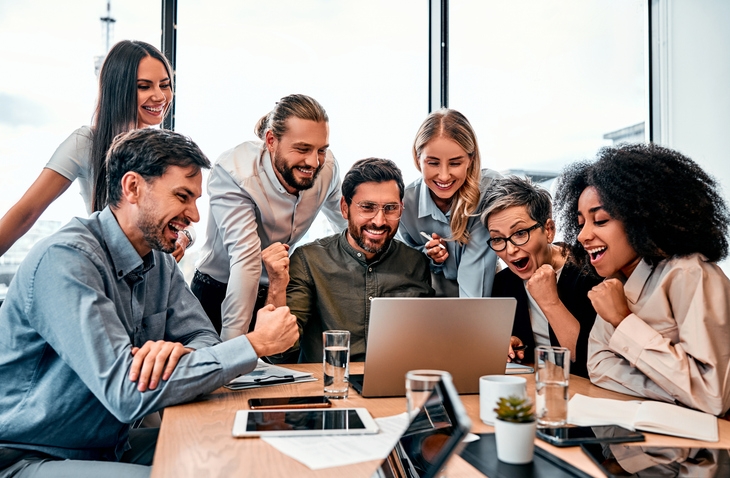
Conclusion: Post-Event Logistics Are the Launchpad for Better Events
Your event doesn't end when the lights go out. By dedicating time to post-event logistics, you ensure smoother operations, deeper insights, and improved ROI.
From vendor coordination to data collection and team debriefs, the final 48–72 hours post-event are just as critical as planning. When done right, they ensure that your next event planning cycle starts from a place of strength, clarity, and momentum.
CTA: Streamline Your Post-Event Workflows with Azavista
Azavista empowers event planners to automate post-event surveys, track teardown logistics, centralize files, and analyze success metrics—all in one place.
Whether you’re planning corporate summits, virtual events, or hybrid trade shows, we help you ensure seamless execution from setup to sign-off.
Explore Azavista’s event technology suite to simplify your post-event process and make every event run smoothly.
More Event Management
